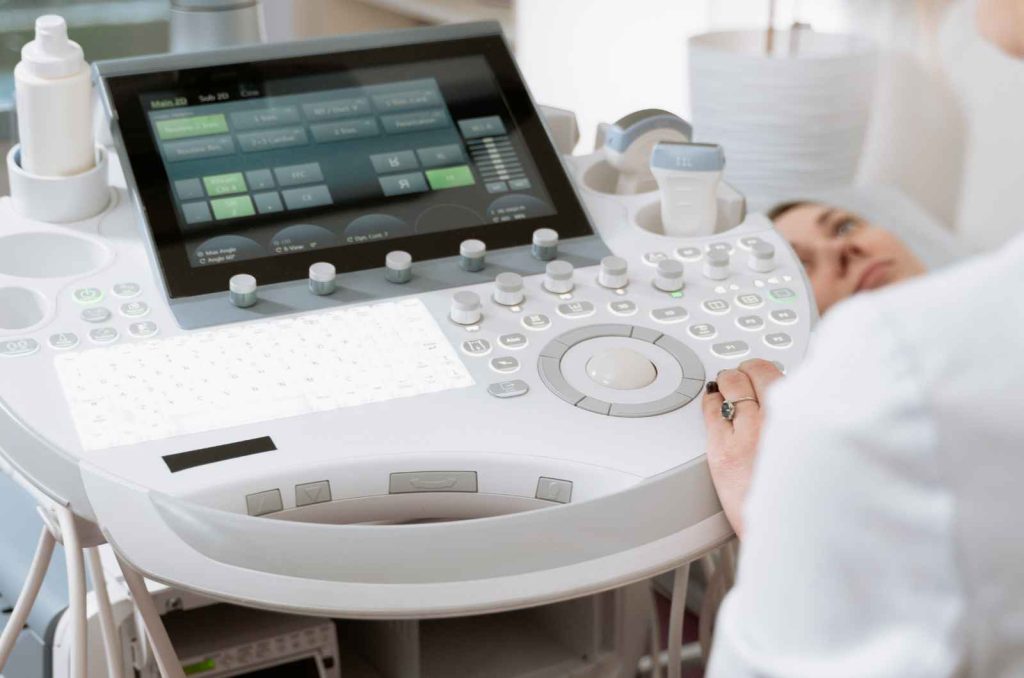
Cracking the code on medical device testing is essential for getting your devices into hospitals and clinics. In this article, you'll gain insights into navigating complex regulations like MDR and FDA requirements. We'll also cover key aspects such as developing test plans, ensuring sterility through microbiology testing, and the role of CROs in the process.
?What Are the Key Requirements for Medical Device Testing
In navigating the complex world of medical device testing, understanding the key requirements is essential. Both the Medical Device Regulation (MDR) in the EU and the FDA's regulations in the US set stringent guidelines to ensure devices are safe and effective. These regulations demand rigorous testing to assess durability, functionality, and patient safety. Compliance involves classifying devices based on risk levels and adhering to specific protocols for each class. By aligning your testing plans with these standards, you can ensure your devices meet the necessary criteria for market approval and patient safety.
How Has the Introduction of MDR Changed Medical Device Testing?
The introduction of the Medical Device Regulation (MDR) has significantly changed the landscape of medical device testing in Europe. It replaced the older Medical Device Directive (MDD) and introduced stricter standards and more comprehensive requirements. With MDR, you now have to conduct more rigorous tests to ensure the safety, performance, and quality of your medical devices. This includes durability testing and more detailed clinical evaluations. The goal is to ensure that devices are reliable and effective over their entire lifecycle, ultimately improving patient safety and trust in medical technologies.
How Do U.S. Regulations Classify and Ensure Compliance in Medical Device Testing?
In the United States, the FDA’s Center for Devices and Radiological Health (CDRH) plays a key role in classifying medical devices into three categories based on their risk to patients. Class I devices pose the least risk and require general controls. Class II devices come with moderate risk and need special controls, while Class III devices, which pose the highest risk, must undergo premarket approval (PMA). To ensure compliance, you must follow FDA guidelines specific to each class, including rigorous testing and thorough documentation. This classification system helps ensure that all medical devices meet safety and efficacy standards before reaching the market.
How Can You Ensure Device Sterility Through Microbiology Testing?
Ensuring device sterility is crucial for patient safety. Microbiology testing plays a vital role in this process, validating that medical devices are free from harmful microorganisms. This involves conducting reusable device validations and antimicrobial effectiveness tests. These tests ensure that each sterilization cycle maintains its integrity over time.
Additionally, microbiology testing includes lot-release testing and microbial ingress tests. These are designed to safeguard patient health by preventing bacterial contamination. With comprehensive microbiology testing, you can trust that your medical devices meet the highest standards of sterility and safety. For more information, visit Biotech Anatomy LTD.
?What Role Do CROs Play in Medical Device Testing
Contract Research Organizations (CROs) are crucial partners in the medical device testing process. They bring specialized knowledge and technical expertise to navigate the complex regulatory landscape. CROs handle everything from early-stage concept development to post-market surveillance, ensuring that your device meets all necessary standards. They perform rigorous tests, including microbiology and reusability validation, to guarantee the safety and efficacy of your product. By leveraging their proficiency, you can streamline your testing process, reduce risks, and accelerate your device's journey to market. Partnering with a CRO can be the key to successfully launching your medical device.
Why Is Post-Market Surveillance Essential for Medical Devices?
Post-market surveillance is crucial for ensuring the ongoing safety and effectiveness of medical devices after they hit the market. This process involves monitoring the performance of devices in real-world settings to identify any potential issues that might arise during their use. By keeping a close eye on devices, manufacturers can quickly detect and address any problems, ensuring that the products continue to meet safety standards. Additionally, incident reporting protocols are vital as they help track and analyze any adverse events associated with the devices, leading to continuous improvements and maintaining trust among healthcare providers and patients.
Mastering medical device testing involves understanding regulatory requirements, ensuring device sterility, and leveraging CRO expertise. By navigating the complexities of MDR and FDA regulations, maintaining rigorous testing programs, and implementing robust post-market surveillance, you can ensure patient safety and successfully bring your medical devices to market.